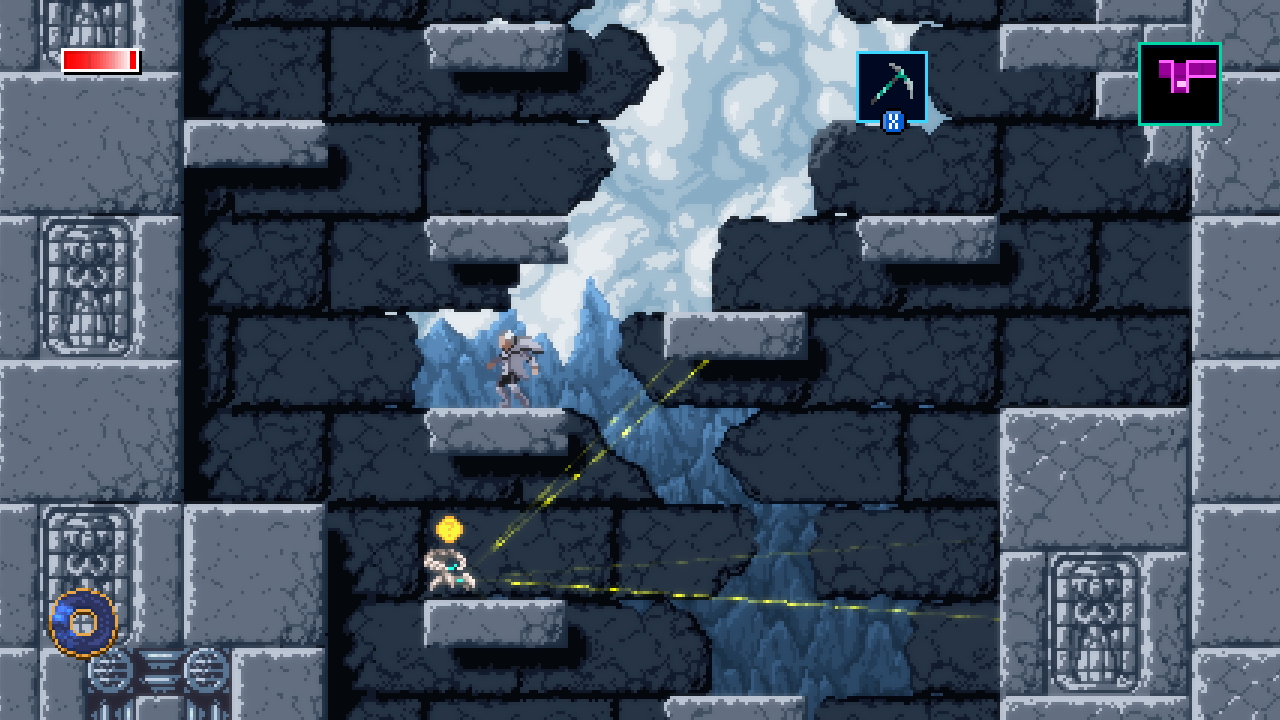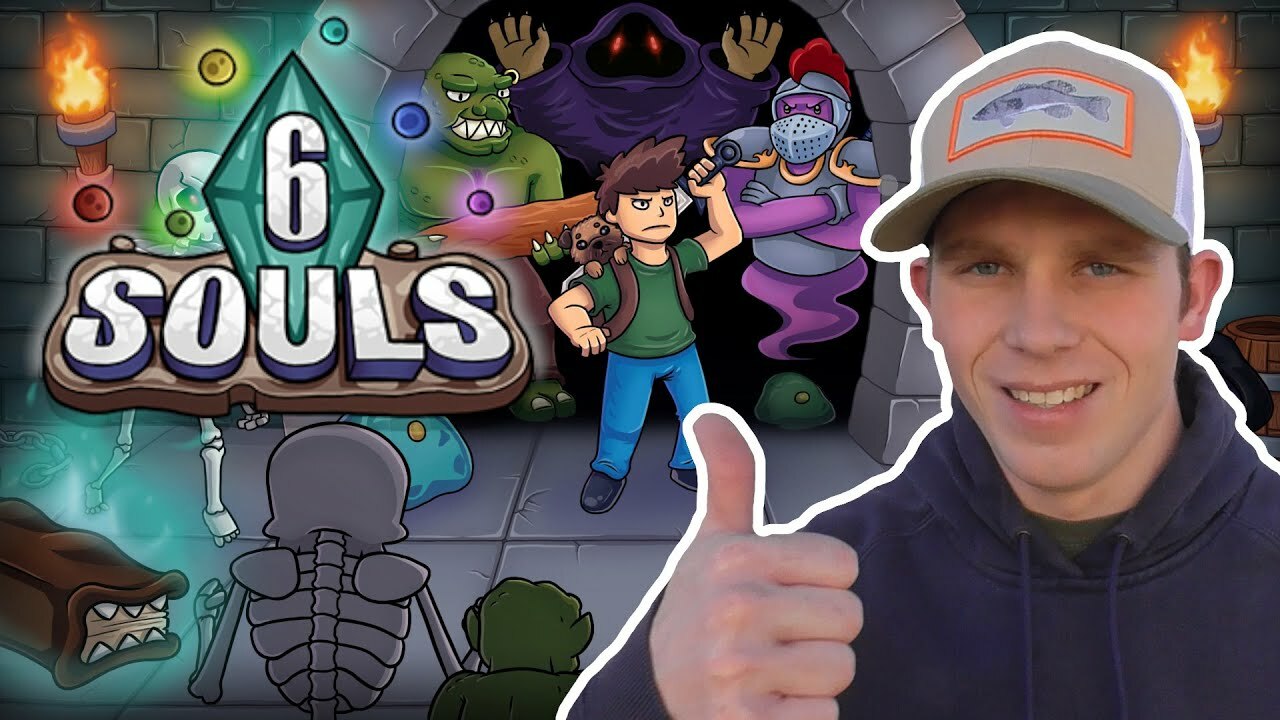Share
The realm of indie games allows for sparks of creativity in the space that the triple-A market wouldn’t allow otherwise. You can create a dark, twisted, and desolate dungeon crawler like The Binding of Isaac or a lighthearted farming venture in the vein of Stardew Valley. In this case, the developer of The Wild At Heart Moonlight Kids this week is diving players into a storybook-like setting in an effort to defeat the inter-dimensional evil known as The Never. This Pikmin/Zelda-style game is captivating at first sight, so we talked to two developers of the game Justin Baldwin and Alexander Kincaid from Moonlight Kids to find out more.

RetroWare: Hello, it’s nice to meet you! To start off, what are your roles on the project?
Justin Baldwin: I do all the art and a good amount of animation, level design, etc. We all wear quite a few hats being a small team.
Alexander Kincaid: Head writer, narrative designer. If there’s a poop joke in the game or a stupid pun it’s probably because I put it there.
RW: Can you give us the elevator pitch on The Wild At Heart? What are you doing in this game?
Moonlight Kids: The Wild at Heart is a story-based herd-like adventure game that centers around childhood escapism. You take control of two kids and a bunch of little buddies in a magical world to aid an ancient order in revitalizing itself and in defeating an inter-dimensional evil known as The Never. You’ll be exploring, crafting, solving puzzles, and interacting with a cast of odd and mysterious characters that desperately need your help.
RW: What are the spritelings and what do they offer to the player?
MK: The Spritelings are spirit-like beings that inhabit the Deep Woods. By befriending them they basically act as your own herd of little helpers throughout the game. They can assist in repairing dismantled bridges, carrying heavy objects, and battling various enemies. Each type also has unique traits such as immunities to things like fire and toxic gas, as well as special skills such as coaxing ice bridges to grow or setting dry brush ablaze.

RW: In the story, what are the kids running from? Is the story an important element of the game and what is the hidden realm?
MK: In short, problematic home lives. We are trying to tell a pretty honest story as to what being a kid can be like. Things are not always rosy and you lack a lot of control over your life as a kid.
The story is a large part of the experience, for sure. There’s some side narrative content you can opt out of if you’re more interested in the other elements of the game, but overall, it is a pretty core part of the game. The Deep Woods is sort of a pocket dimension that exists to protect magical elements of the world and to keep some things away from the outside world, as well as keep other things in.
RW: How does the battle system work?
MK: We don’t really shy away from the comparison but Pikmin might be the closest example as to how the combat system works. You throw your Spritelings at enemies and watch them go to work. Obviously, there are other considerations such as enemies having certain attacks or elemental properties that certain Spriteling types may be better suited to dealing with. So a lot of it is strategizing which types are best equipped for each situation.
RW: What sort of foes will we be fighting?
MK: The world of The Wild at Heart sports two main categories of enemies: creatures, and the Never. The latter is a core part of the game’s backstory and narrative, but also helps drive the day/night cycle by making nighttime tense and dangerous (Very dangerous, in fact, earlier on in the game). The former though, your regular ol’ forest creatures, those are the bread-and-butter foes of the game. And there are quite the variety of them! The spear-wielding Gloomcaps that try to swarm you, the jelly-like Gumblops and their hungry chomp, the pesky Faeflies who are known for grabbing straggling Spritelings for their own malicious ends – these are just a few of the baddies the player will have to contend with as they explore the Deep Woods.
RW: What kinds of loot are you collecting and how does the crafting system work? What structures are you forming?
MK: There is a wide variety of things to collect. The two main things are scrap and a magical currency called Glint. Scrap is the base currency to purchase items and upgrades and Glint is used for more magic-related things like reviving defeated Spritelings or Spriteling-related upgrades. Other resources are generally more geared towards crafting. You can crack open bee hives for honey or break ore veins for crystals, etc. Crafting is helpful for making various tools that can aid in exploration or combat. You can make items such as bombs, or lights to help with night exploration, as well as tonics that can make Spritelings stronger or faster, or meals that can heal or give buffs like extra hearts. In terms of structures, you’ll need to build various camps and mini-hubs throughout the world. You can also invest in repairing various structures in the Grove, which is the main hub of the game. By doing so, you can gain access to new upgrades, as well as additional side-quests.

RW: One of the game’s mechanics is its day/night system and you’ve teased that you might want to stay near a campfire until the sun rises while it’s dark. Are there stronger enemies awaiting the player or is there another reason we’d want to stay by the fire?
MK: Night does pose additional dangers; the stronger foes of the game, the phantom minions of the Never, prowl under the darkness of night. So, the safest thing to do is sleep at a camp until sunrise. However, if you’re prepared enough, venturing out can yield some rewards for the risk.
RW: What kind of puzzles should players expect in the game?
MK: Everything is environmental-based, so puzzles are a bit more akin to games like Pikmin or Zelda. Puzzles encourage experimentation and will require players to think about which character or Spritelings to use in any given situation to traverse obstacles and terrain.
RW: As a game designer, how do you create a puzzle from scratch for The Wild At Heart? What processes do you go through?
MK: Oh wow, that’s a complex one to try to answer. The simplest way to break it down is first looking at what mechanics we have, what tools does the player have at their disposal? And second, what are the limitations to those tools? We kind of generally use that as a base to build off of. Sometimes ideas just pop up out of the blue as well and we try to design around that, or we’ll start from a place of, “what feeling do we want the player to have here?” From there it’s a lot of experimenting, trial-and-error, and testing!
RW: How was the game’s vivid and unique art style concepted? Who or what inspired you?
Justin Baldwin: I’ve always been influenced a lot by children’s story book illustrations. There is just a magic to the intentional child-like imperfectness of it. I think one of the bigger influences is Cartoon Saloon’s films; Song of the Sea specifically is one of my favorite animated films. Other influences include Gravity Falls, Where The Wild Things Are, and Yoshi’s Island.
RW: What inspired you to start an indie studio and what is your history in the games industry?
MK: We all have different backgrounds, and different paths that led us to where we are now working on The Wild at Heart together. But I think one thing we all shared when we first went indie was the desire to be in control of what we were working on, to just be our own boss and make what we wanted. Of course the reality isn’t always as perfect as that! We still did a lot of contract games for clients before The Wild at Heart. But with Moonlight Kids, we were able to form a studio solely around bringing this vision to life, and we were fortunate enough to find partners that believed in the idea, and us, enough to help see it through.
RW: What advice would you give to other indie developers creating their first title?
MK: Keep your ambitions in check. Everything you plan to make, no matter how long you think it’s going to take, is going to take three to four times longer than you think.
RW: Is it tough to stand out in this competitive space? In 2020 alone, there were 10,263 games on Steam. That’s an average of 28 a day.
MK: It’s always challenging to stand out amongst the vast amount of talent out there. We are proud of what we’ve been able to make and we do hope what we’ve created will catch people’s eye.
RW: Do you have any other console release plans than the Xbox One?
MK: We would love to eventually be in as many places as possible, but we are a very small team, so Xbox One and Xbox Series X/S are the only consoles announced at this time.
The Wild At Heart is now available on PC and Xbox systems. Those who have Xbox Game Pass are also able to check out the game. Thanks to Humble and Moonlight Kids for their help with this interview.




